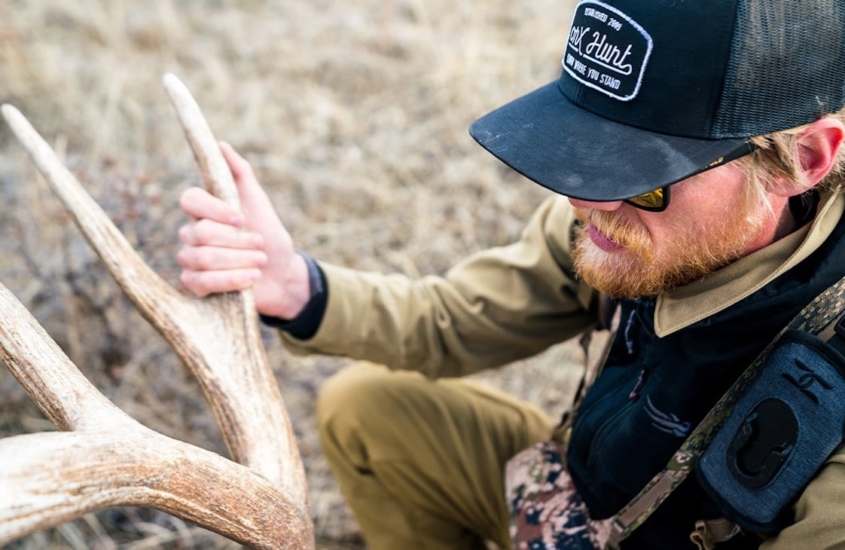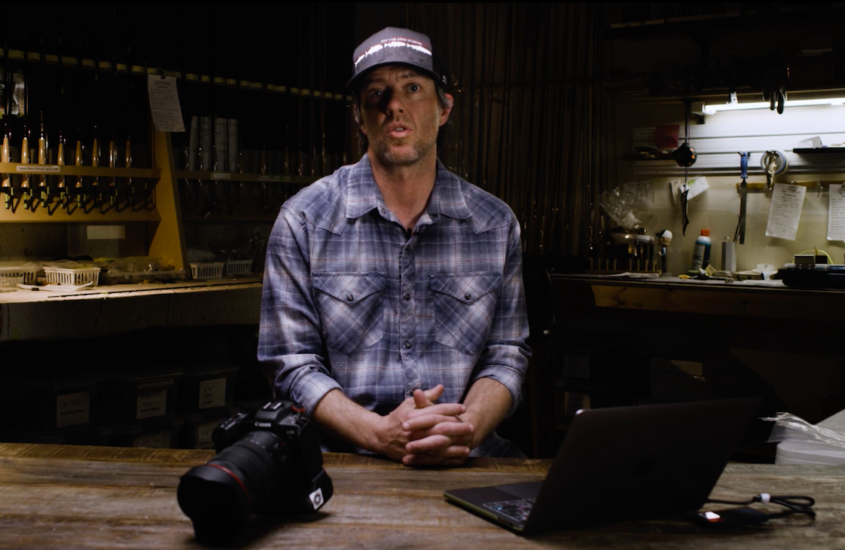It seems everybody has an opinion when it comes to fire-starters. I’ve heard it all before: a chunk of rubber, an egg carton stuffed with dry matter, waxed sawdust balls, cotton dipped in vaseline, dry tinder… plus countless other materials and concoctions that probably shouldn’t be burned.
I live in a small cabin for a significant portion of the year, so I rely on fire for heat, light and cooking. Over the years, I’ve invested a substantial amount of time experimenting with all sorts of fire-starters. I rate their efficiency on how long they burn for, how easy they are to light and if they’re able to catch fire once exposed to water.
Personally, I’m not a fan of using chemicals to light fires, so I tend to steer toward more natural options. More specifically, newspaper, twine and wax. When I was a Girl Guide, we learned to make fire-starters for survival situations. They could be cut into any size and then kept in our pocket in case of an emergency. Now, over thirty years later, I’m still using the same fire-starters to keep my family warm and fed.
I mention my “Girl Guide fire-starters” regularly and am often asked how to make them. My trick, I tell people, is to double dip them in wax. Once they’ve had their initial coating, I immediately dip them in cold water, before repeating the process again. The end result is a thickly coated fire-starter that’s able to withstand water exposure and inclement weather.
With a single-coat of wax, these fire starters burn for roughly eleven minutes—when double dipped, they burn for almost twenty minutes. I also save all of my toilet paper rolls and dryer lint (during the months when I live in a house). These burn for up to forty minutes!
Here’s how to make them:
- Roll 4-6 pieces of newspaper pages into a tube. Be sure not to use too many sheets of paper, or it can be tricky to cut through them.
- Decide how long you’d like each of your fire-starters to be, then tie a piece of string in the middle of each intended cut. This string will be your wick, so try not to cut the tags too short. I suggest making small, inch-long versions for lightweight hunting and camping trips, and 3-5 inches long for general campfires and wood stoves.
- Melt your wax on low heat in an old pot.
- Coat your fire-starters in the wax until they’re soaked, then dip them in water and repeat.













